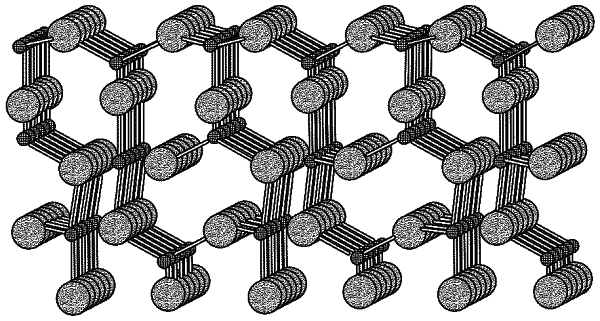| CPC B01J 21/04 (2013.01) [B01J 23/44 (2013.01); B01J 23/464 (2013.01); B01J 35/06 (2013.01); B01J 35/1014 (2013.01); B01J 37/0207 (2013.01); B01J 37/088 (2013.01)] | 8 Claims |

|
1. A method for making a catalyst, the method comprising the step of:
heating a boehmite or gamma-alumina material having a rod-like morphology to a temperature of at least 1000° C. to create a pure theta-alumina material, as defined by X-ray diffraction, having a surface area more than 20 m2/g that can withstand hydrothermal aging up to 1150° C. without significant loss of surface area.
|